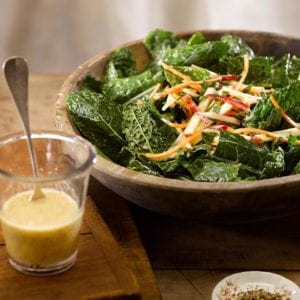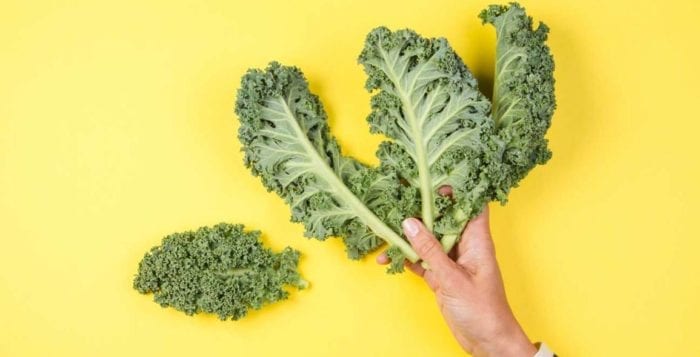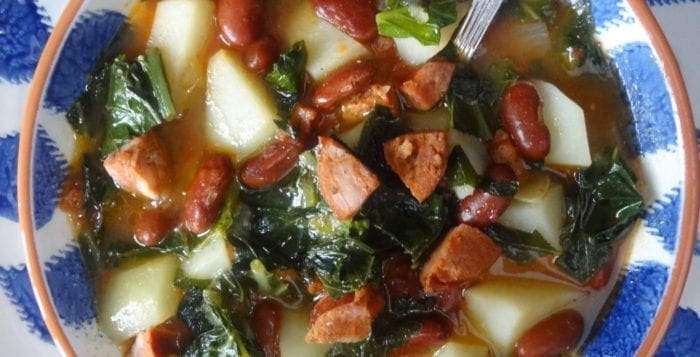Diet changes and exercise can reduce risk
By David Dunaief, M.D.

When we think of the most prevalent chronic diseases, heart disease, stroke, cancer, diabetes and others come to mind. However, there is also a chronic liver disease — nonalcoholic fatty liver disease — a conglomeration of fats, including triglycerides.
The problem with this disease is that it could lead to nonalcoholic steatohepatitis (fatty liver hepatitis), fibrosis (too much connective tissue, due to repair) and eventually cirrhosis, which might ultimately result in cancer (hepatocellular carcinoma).
Fortunately, the risk of going down this dangerous path is relatively small. Most of the time, it remains a mild fatty liver disease.
Although it is rare, a study presentation in 2012 at the American Association for the Study of Liver Diseases suggested that NAFLD was the third most common risk for hepatocellular carcinoma behind infection and alcohol abuse (1).
Some study patients with hepatocellular carcinoma progressed to this level without first having cirrhosis. Those patients who developed liver cancer but did not have cirrhosis were more likely to have diabetes, obesity, high blood pressure and/or a high cholesterol profile. NAFLD occurs more frequently in males than females, and it needs to be taken very seriously.
The prevalence of NAFLD, which is benign in most cases, is relatively high, with incidences rising in the U.S. from 15 to 25 percent in the five-year period between 2005 and 2010 (2). In fact, a study shows that adolescents between the ages of 12 and 18 have seen a threefold increase in NAFLD, from 3.3 percent to almost 10 percent, in the last 20 years, according to data from the National Health and Nutrition Examination Survey (3). This correlated primarily with obesity, but the rise outstrips the rate of increase in obesity in this adolescent population.
How is it diagnosed?
When liver enzymes are elevated, usually two to five times normal, then it tends to be more commonly diagnosed (4). These liver enzymes include aspartate aminotransferase and alanine aminotransferase. What makes this disease diagnosis more difficult is that patients without elevated liver enzymes may have the disease and, in most cases, they have no symptoms.
The gold standard of diagnosis is through a liver biopsy, though this is invasive and thus has its dangers. Another method is through ultrasound, a first-line diagnosis method. Ultrasound is 60 to 94 percent sensitive and 66 to 95 percent specific (5). Though it is not the most accurate, it has the fewest side effects. Ultrasound is also technician dependent in terms of grading the amount of fatty infiltrates in the liver — mild, moderate and severe. Unfortunately, the milder the amount of fatty infiltrates, the less accurate the reading. Other methods for diagnosis include transient elastography, computed tomography and magnetic resonance.
What might be the cause?

One theory is that intraperitoneal fat (visceral fat or central obesity) infiltrates the liver through the portal vein, resulting in insulin resistance and fatty liver (6). Therefore, it is not surprising that, along with insulin resistance, there is glucose intolerance. High triglycerides and low HDL (“good”) cholesterol are also commonly associated with the disease (7).
How can we alter this disease?
The good news is that NAFLD is potentially reversible through lifestyle modifications, including changes in diet and an increase in exercise. With exercise, the premise is that the more activity a patient gets, the higher the probability of metabolizing the liver fat.
In an epidemiologic study of over 3,000 patients using data from NHANES, results showed that those with NAFLD are significantly less active than those without the disease. It did not matter the type of activity; NAFLD patients did less of it. In fact, patients who had both diabetes and NAFLD were found to do the least amount of physical activity (8). The scary aspect is that patients with NAFLD have a significant eight times increased risk of cardiovascular death between the ages of 45 and 54 (9). And we know activity improves cardiovascular results.
In a meta-analysis (a group of 23 studies ranging from one to six months in duration) that used the Cochrane database, the results showed a significant reduction in fat content in the liver and a decrease in liver enzymes when lifestyle modifications were employed (10). Reduction in weight had the most substantial correlation with the results. Of the 23 studies, five that looked at liver cells on a microscopic level showed a reduction in inflammation that occurred with lifestyle changes. In addition, there were also improved glucose levels and sensitivity to insulin after the modifications.
In my practice, I have seen several patients with liver enzymes elevated to at least twice normal levels. After following a nutrient-dense, plant-rich diet, they saw their liver enzymes significantly reduced or returned to normal levels within a few months. One patient’s liver enzymes had been raised for 20 years without a known cause, and a first-line relative had recently been diagnosed with liver cancer.
If you have risk factors for nonalcoholic fatty liver disease, such as obesity, diabetes, high blood pressure and high cholesterol, I recommend having your liver enzymes checked on a regular basis. Those with family histories of elevated liver enzymes and hepatocellular carcinoma (liver cancer) may also want to get a scan, at least with ultrasound.
The best way to treat NAFLD is with lifestyle modifications, and while it is never too late to treat NAFLD, it is better to discover the disease earlier to reduce your risk of complications. If you are obese, NAFLD is one more important reason to transform your body composition by reducing fat mass.
References:
(1) AASLD. 2012 Nov. 11; Abstract 97. (2) World J Gastroenterol. 2017 Dec 21; 23(47): 8263–8276. (3) DDW. 2012 May 18; Abstract 705. (4) Hepatology. 2003; 37:1286-1292. (5) J Hepatol. 2009; 51:433–445. (6) Arterioscler Thromb Vasc Biol. 1990; 10:493-496. (7) Gastroenterology. 1999; 116:1413–1419. (8) Aliment Pharmacol Ther. 2012; 36:772-781. (9) Am J Gastroenterol. 2008; 103:2263–2271. (10) J Hepatol. 2012 Jan.; 56:255-266.
Dr. Dunaief is a speaker, author and local lifestyle medicine physician focusing on the integration of medicine, nutrition, fitness and stress management. For further information, visit www.medicalcompassmd.com or consult your personal physician.







